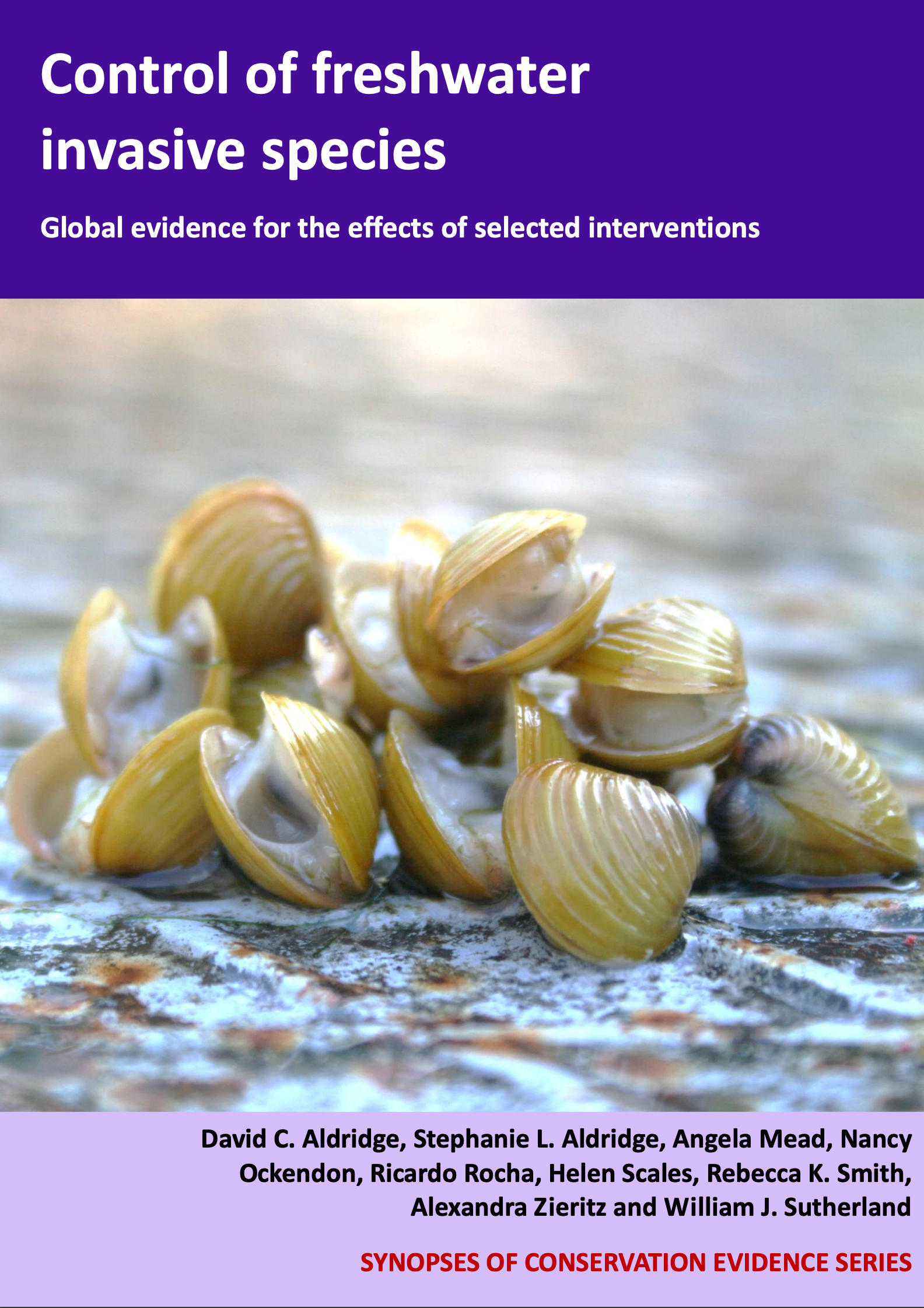Asian clams: Use gas-impermeable barriers
-
Overall effectiveness category Likely to be beneficial
-
Number of studies: 1
View assessment score
Hide assessment score
How is the evidence assessed?
-
Effectiveness
78% -
Certainty
60% -
Harms
not assessed
Study locations
Supporting evidence from individual studies
A controlled, replicated study conducted in 2009-2011 in Lake Tahoe, North America (Wittmann et al. 2012) found that gas-impermeable fabric laid across the lake bottom killed 98-100% of Asian clams Corbicula fluminea after 30-120 days. During one trial all clams were killed after one month, compared to only 3% in control plots without fabric. During the second trial the abundance of Asian clams after 120 days under gas-impermeable fabric was 98% lower than clam abundance in control plots. One year after the barrier was removed from this second trial, clam abundance was still 90% lower compared to control plots. Mortality was caused by a reduction in dissolved oxygen concentrations, which dropped to zero after 72 hours during the first trial and after eight days in the second trial. In 2009, six plastic (ethylene propylene diene monomer) barriers (9m2; 1 mm thick) were placed by scuba divers on the lake bottom at 5 m water depth and left in place for 4-56 days. In 2010-2011 a plastic barrier (1,950m2; 1 mm thick) was placed by scuba divers on the lake bottom at 5m depth and left for 120 days. The survival of clams underneath the fabric test sites and in control plots was monitored.
Study and other actions tested
Where has this evidence come from?
List of journals searched by synopsis
All the journals searched for all synopses
This Action forms part of the Action Synopsis:
Control of Freshwater Invasive Species
Control of Freshwater Invasive Species - Published 2017
Control of Freshwater Invasive Species Synopsis





)_2023.JPG)














